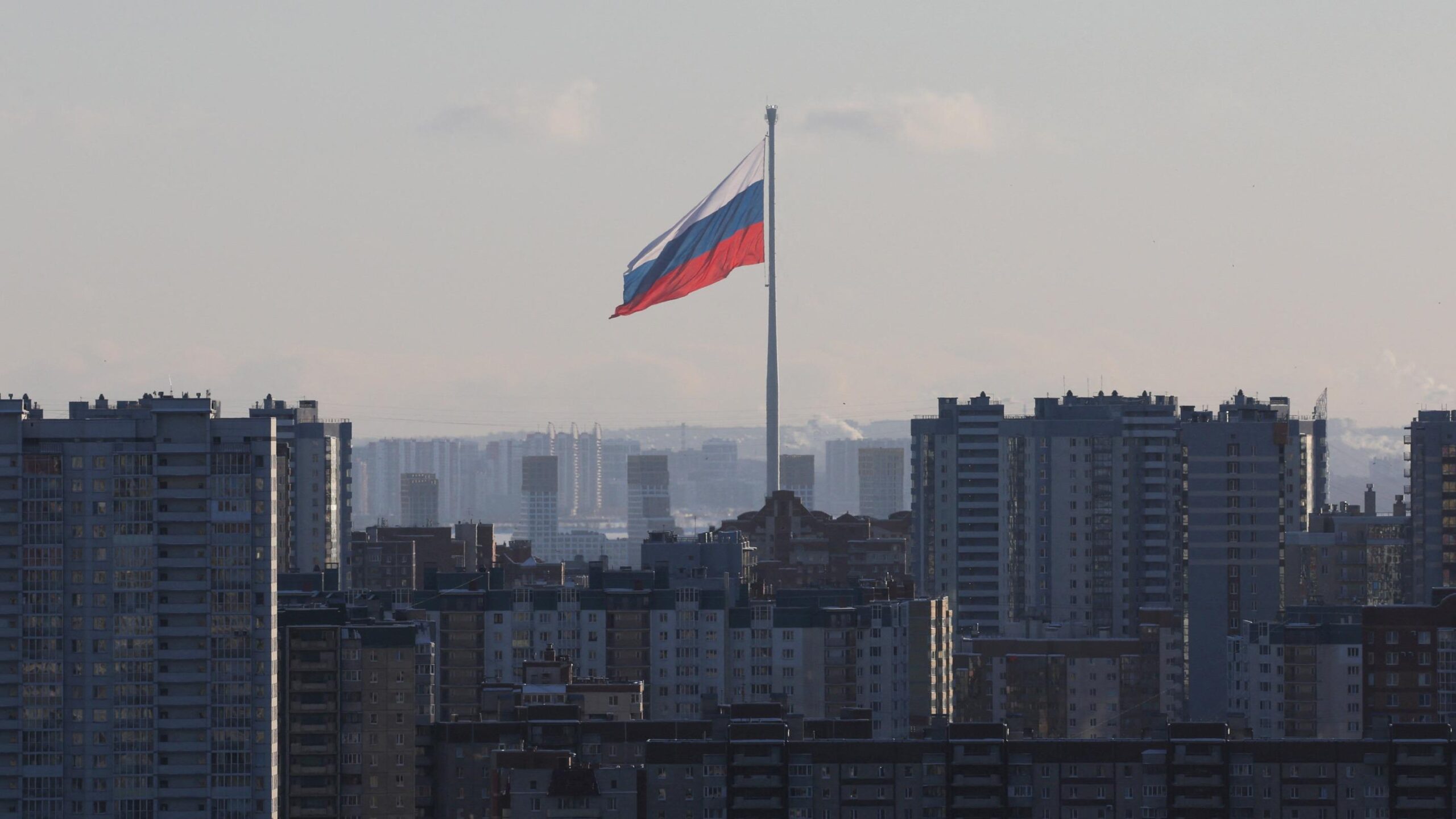
Historic St. Petersburg Prison to Be Transformed into Hotel, Museum, and Galleries
A renowned prison in St. Petersburg, Russia, once a grim symbol of repression, is set to undergo a remarkable transformation into a vibrant hub of culture and commerce. The Kresty Prison, sold at auction for over 12 million euros, will be given a new lease on life as a hotel, restaurant, museum, and art gallery complex.
The Historic Kresty Prison
Built in the late 19th century on the banks of the Neva River, the imposing red-brick Kresty Prison, aptly named for its cross-shaped layout, has witnessed a tumultuous history. Its cells have housed countless figures of historical significance, including revolutionary Leon Trotsky, Soviet Marshal Konstantin Rokossovsky, poets Joseph Brodsky and Osip Mandelstam, and historian Lev Gumilyov.
Russian poet Anna Akhmatova immortalized the prison in her poignant poem "Requiem," recounting the harrowing hours she spent outside its gates, hoping to deliver a parcel to her imprisoned son. In 2013, Greenpeace activists arrested after a protest against an Arctic oil platform were held in Kresty for over a week.
A New Chapter: From Prison to Cultural Landmark
The acquisition of Kresty by Russian real estate developer KVS marks the beginning of a new chapter for this historic site. KVS has ambitious plans to create a "construction project of the century" in St. Petersburg by revitalizing the former prison.
The project will feature a hotel, restaurants, and art galleries, all seamlessly integrated into the prison’s existing structure. The centerpiece of the development will be a museum dedicated to preserving the memory and history of Kresty.
KVS’s vision for the former prison aligns with a growing trend of adaptive reuse projects around the world. By transforming historic buildings into new and vibrant spaces, these projects not only preserve architectural heritage but also create unique and compelling destinations.
Legacy and Remembrance
While the transformation of Kresty into a cultural hub will undoubtedly provide a new purpose for the building, it also raises questions about its legacy as a place of confinement and suffering. It is crucial that the museum component of the project adequately addresses the prison’s past, ensuring that its history is not forgotten or whitewashed.
In fact, the preservation of Kresty’s prison cells and corridors could serve as a powerful reminder of the horrors inflicted on its inmates during Russia’s oppressive Soviet era. By maintaining these spaces, the museum can help future generations understand the human rights abuses that took place within these walls.
The Future of Kresty
The transformation of Kresty Prison into a hotel, museum, and art complex is a bold and ambitious endeavor. If executed with sensitivity and respect for its history, the project has the potential to become a thriving hub of culture and a powerful symbol of reconciliation and renewal.
By preserving the legacy of Kresty while embracing a new chapter of its existence, the project can create a unique destination that attracts visitors from around the world, offering a glimpse into Russia’s past while celebrating the possibilities of its future.
